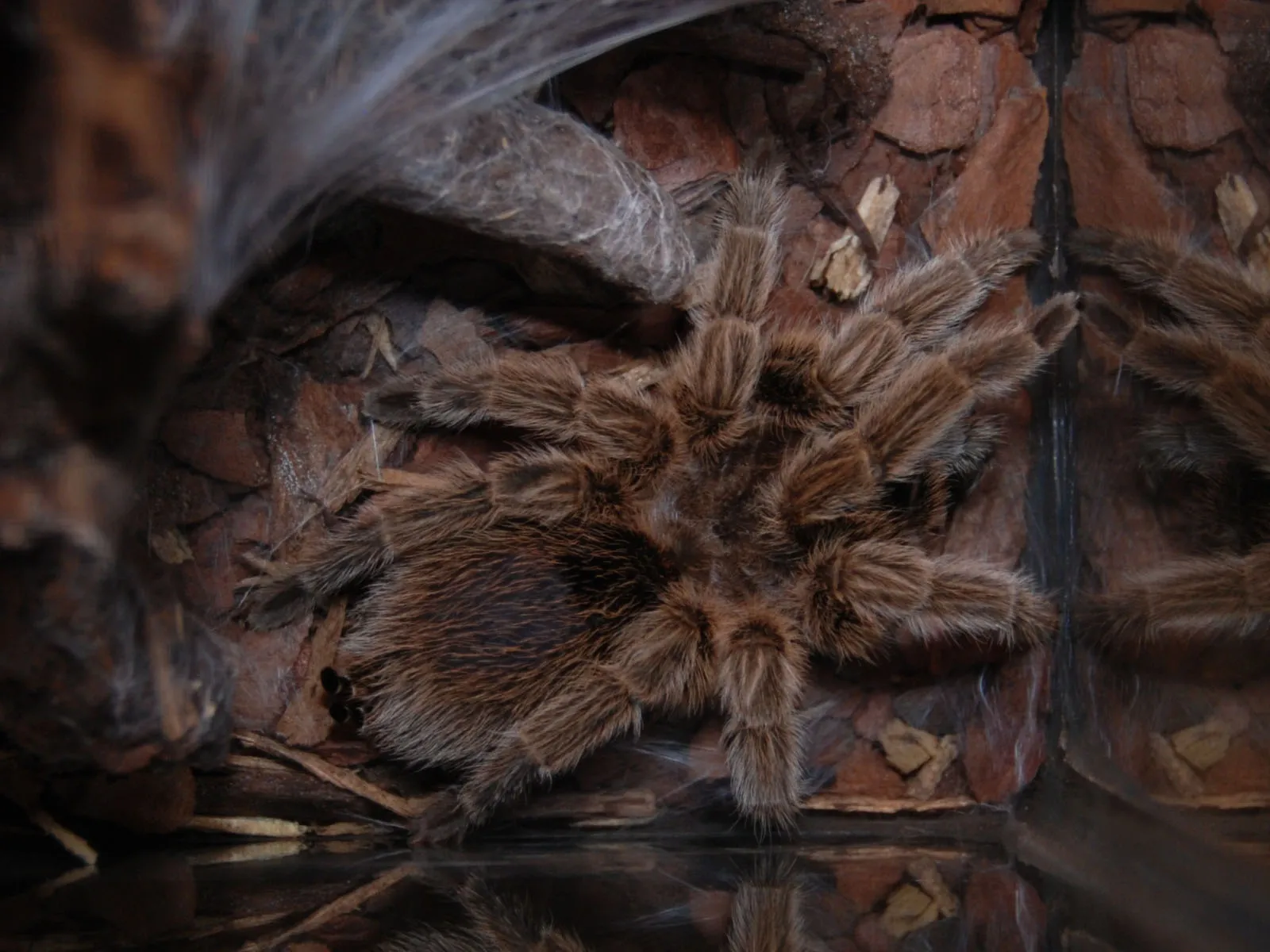The Chilean Rose Tarantula
The Chilean Rose Tarantula (Grammostola rosea), often simply called the Chilean Rose, is a popular pet tarantula. Known for its docile temperament and relatively low maintenance needs, it’s a favorite among both novice and experienced tarantula keepers. Native to the dry scrublands of Chile, Argentina, and Bolivia, these arachnids have become beloved companions worldwide. Their calm demeanor makes them a fascinating subject of observation and a great entry point into the world of exotic pets. Understanding the basics of their care, including their habitat, diet, and handling, is crucial for ensuring their well-being and longevity. This article will delve into seven fascinating facts about the Chilean Rose Tarantula, providing a comprehensive overview of this intriguing species.
Appearance and Characteristics
Chilean Rose Tarantulas are known for their beautiful and understated appearance. Their bodies are typically covered in a mix of brown, tan, and pinkish hairs, giving them a rose-like hue, especially in certain lighting conditions. Their coloration can vary slightly depending on the individual and the specific location they originate from. They possess eight legs, two pedipalps (used for sensing and manipulating food), and two chelicerae (fangs) used for injecting venom. Their bodies are divided into two main parts the cephalothorax (fused head and thorax) and the abdomen, which is where their internal organs are located. The carapace, which is the upper part of the cephalothorax, is often a darker shade, while the legs and abdomen can vary in color, from reddish-brown to light tan. This species also possesses urticating hairs, which they can flick off their abdomen as a defense mechanism, causing irritation to potential predators, including humans.
Size and Lifespan
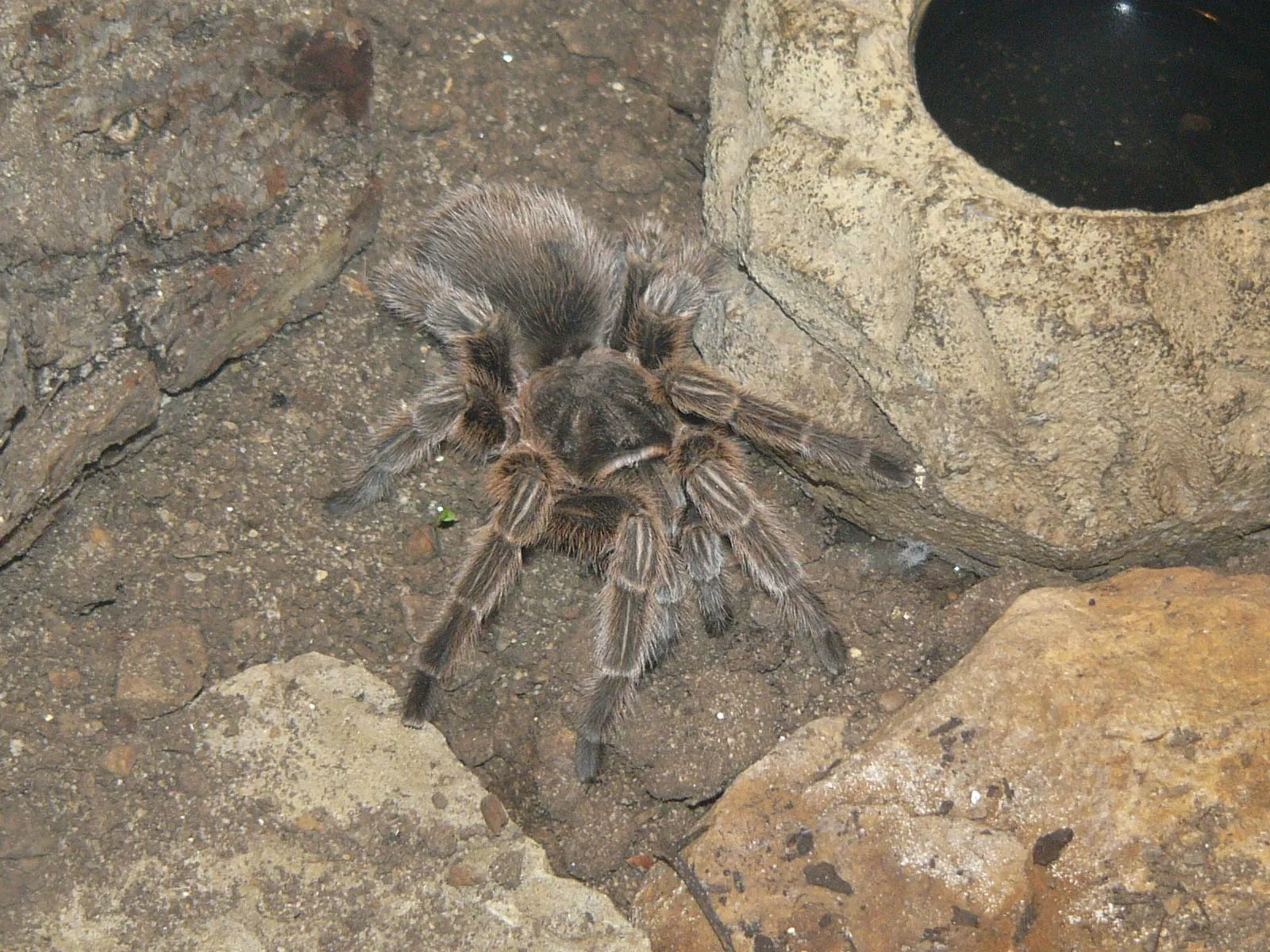
These tarantulas are relatively large, with females typically reaching a leg span of up to 6 inches (15 cm), while males are slightly smaller. The size can also vary depending on the individual tarantula and its environment. Their lifespan is one of the most remarkable aspects of the Chilean Rose Tarantula. Females can live for an impressive 15 to 20 years or even longer under optimal care conditions. Males, however, have a much shorter lifespan, typically living for only 5 to 7 years. This difference in longevity is a common characteristic among tarantula species. The lifespan of a Chilean Rose Tarantula is directly related to its growth process; as it molts and grows, its life extends further, allowing it to reach its full size and contribute to its longevity.
Habitat and Origin
The Chilean Rose Tarantula originates from the arid and semi-arid regions of Chile, Argentina, and Bolivia. Their natural habitat primarily consists of dry scrublands, grasslands, and deserts, where they burrow or find shelter under rocks, in crevices, or in the sparse vegetation. These environments provide the necessary protection from harsh weather conditions and predators. The temperature in these regions fluctuates significantly, with warm days and cooler nights, which the tarantulas have adapted to. They are terrestrial spiders, meaning they spend most of their time on the ground. The substrate in their natural habitat is typically composed of sand, soil, and rocks, which allows them to burrow and create their burrows. Understanding the origin and natural habitat of the Chilean Rose Tarantula is essential in providing a suitable environment in captivity.
Natural Behavior
In the wild, Chilean Rose Tarantulas are primarily nocturnal, which means they are most active during the night. They are ambush predators, meaning they wait for prey to come close before they strike. They are generally solitary creatures, except during the mating season. They spend most of their time in their burrows or hiding places, conserving energy and avoiding predators. They are not aggressive spiders, but they will defend themselves if threatened. When they feel threatened, they may flick urticating hairs from their abdomen. These hairs cause irritation to deter predators. They are opportunistic feeders, consuming a variety of insects and other invertebrates. The tarantula’s behavior is also influenced by environmental factors such as temperature, humidity, and the availability of food.
Diet and Feeding Habits
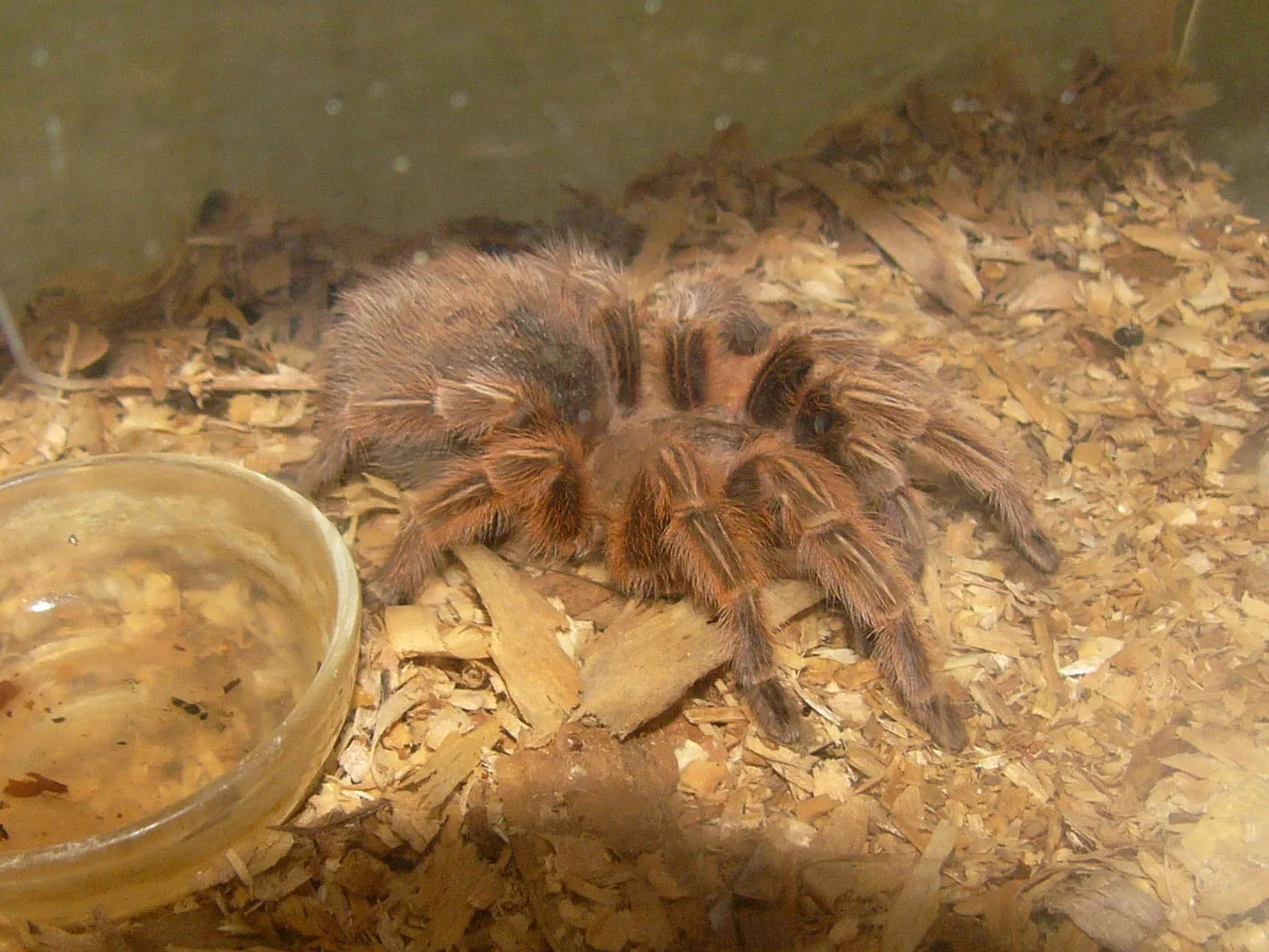
What Do Chilean Rose Tarantulas Eat?
Chilean Rose Tarantulas are carnivores, and their diet primarily consists of insects. In the wild, they feed on a variety of insects and other small invertebrates they can catch. Common food items include crickets, mealworms, roaches, and other insects that are readily available in their natural habitat. In captivity, a varied diet of insects is crucial to ensure they receive all the necessary nutrients. It’s important to avoid feeding them wild-caught insects, as these may carry parasites or pesticides. Instead, it’s recommended to purchase commercially bred insects from a pet store or a reputable online supplier. Supplementing their diet with occasional treats, such as a small piece of pre-killed pinky mice, can also be beneficial, but these should be offered sparingly. It is essential that food items are appropriately sized. The prey should be no larger than the tarantula’s abdomen to ensure that they can consume it easily.
How Often to Feed Your Tarantula
The frequency of feeding for a Chilean Rose Tarantula depends on its age and size. Younger tarantulas, particularly spiderlings, require more frequent feeding. It is common to feed them 2-3 times a week. As they mature, the feeding frequency can be reduced to once or twice a week. Adults may only need to be fed once every week or two. It’s important to observe your tarantula and adjust the feeding schedule based on its appetite and condition. A well-fed tarantula will have a plump abdomen. Overfeeding can lead to health problems, so it’s essential not to overdo it. Before molting, tarantulas often lose their appetite. If your tarantula refuses to eat, it could be a sign that it’s preparing to molt. Always ensure that uneaten prey items are removed from the enclosure within 24 hours to prevent them from stressing the tarantula or causing potential harm.
Handling and Temperament
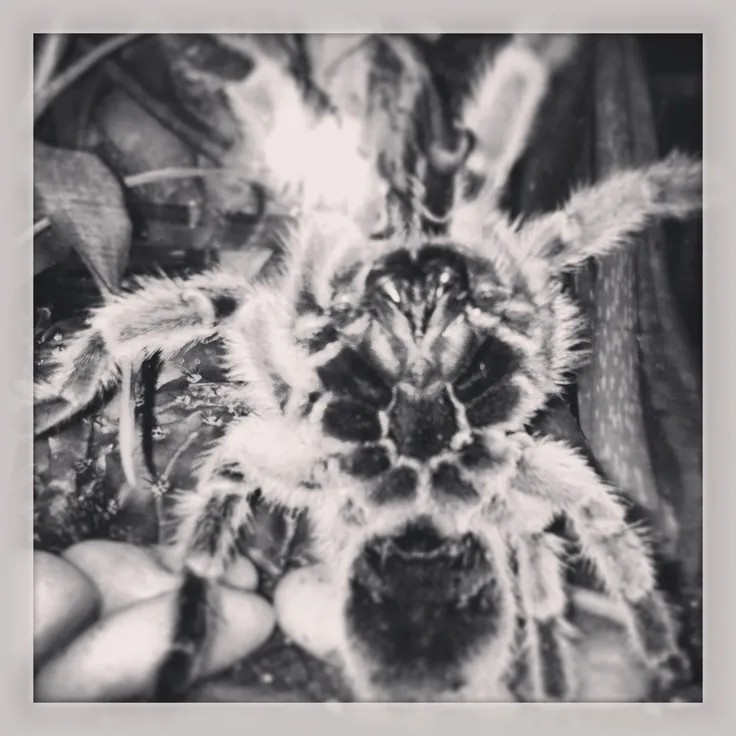
Is the Chilean Rose Tarantula a Good Pet?
The Chilean Rose Tarantula is often recommended as a good pet for beginners due to its calm and docile temperament. They are not known for being aggressive, and their bites are not medically significant to humans. Their relatively low-maintenance care requirements also make them an excellent choice for those new to keeping tarantulas. These tarantulas are generally not prone to biting unless they feel threatened or provoked. While they are generally calm, individual personalities can vary, and it’s essential to respect the tarantula’s boundaries. Their slow movements and relatively predictable behavior make them less intimidating than some other tarantula species. They are also very rewarding to observe and offer a unique opportunity to learn about the fascinating world of arachnids. The key is to handle them with care and patience, while also respecting the tarantula’s need for a safe and undisturbed environment.
Safety Precautions
While Chilean Rose Tarantulas are generally docile, it’s important to take necessary precautions. Avoid handling them unnecessarily, as this can stress them. If handling is required, do so slowly and gently. Always wash your hands before and after handling your tarantula or its enclosure. Be aware of their urticating hairs, which can cause skin irritation. Avoid touching your eyes or face after handling your tarantula or its enclosure. Keep the enclosure secure to prevent escapes, which can be stressful for the tarantula and potentially dangerous for others. Children should always be supervised when interacting with a tarantula. If you are bitten, clean the wound thoroughly with soap and water and monitor it for any signs of infection. The venom of a Chilean Rose Tarantula is not considered medically significant to humans, but individual reactions can vary. By following these safety guidelines, you can ensure a safe and enjoyable experience with your Chilean Rose Tarantula.
Lifespan and Care
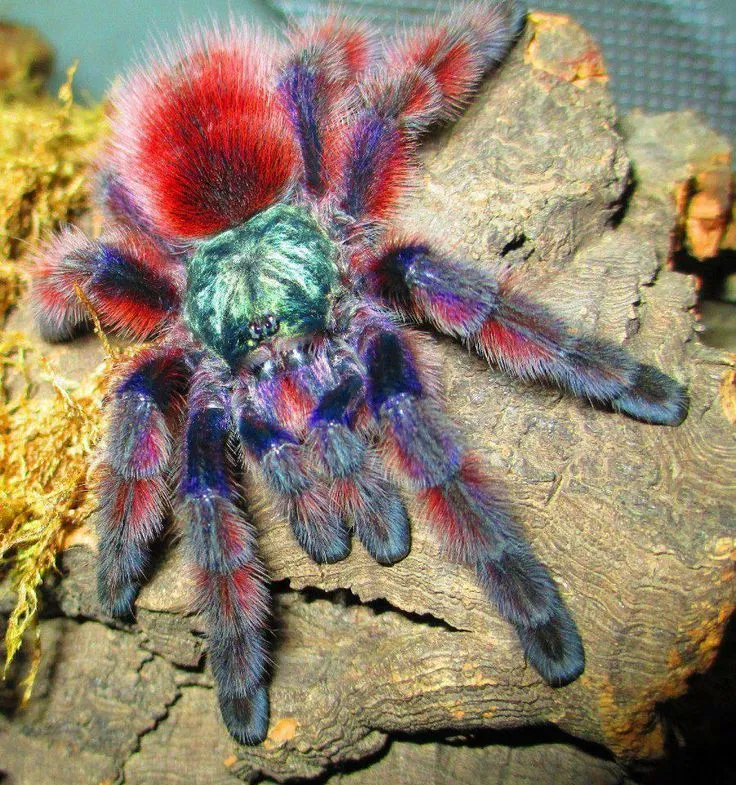
Creating the Ideal Habitat
Creating the ideal habitat is crucial for the health and well-being of your Chilean Rose Tarantula. Choose an enclosure that is appropriately sized for the tarantula. A 10-gallon tank is usually sufficient for adults. The enclosure should be well-ventilated but secure to prevent escapes. Provide a substrate of at least 4-6 inches deep of a mixture of coconut fiber, peat moss, or a commercial tarantula substrate. This substrate helps the tarantula to burrow and maintain appropriate humidity levels. The temperature should be maintained between 75-85°F (24-29°C). A heating pad placed on the side of the enclosure can help regulate temperature. The humidity should be kept at 60-70%. Mist the enclosure lightly every few days to maintain the humidity level, and ensure the enclosure has a water dish filled with fresh, clean water at all times. Providing a hide, such as a piece of cork bark or a half-log, will provide a place for the tarantula to feel secure. Regular cleaning and maintenance of the enclosure are vital for the health of your tarantula.
Common Health Issues
Chilean Rose Tarantulas are generally hardy, but they can be prone to certain health issues. Parasites, such as mites, can infest tarantulas. Examine your tarantula regularly for any signs of mites, such as tiny crawling insects or changes in behavior. Respiratory infections can occur if the humidity levels are too high. Ensuring the proper ventilation and humidity levels can help prevent these infections. Poor molting, where the tarantula struggles to shed its exoskeleton, can be caused by low humidity or other environmental stressors. Ensure the humidity level is appropriate. Injuries can happen if a tarantula falls or is mishandled. Handle your tarantula with care to prevent injury. Providing a balanced diet and maintaining a clean environment are essential for preventing health issues. If you notice any signs of illness or distress, consult with a veterinarian experienced in exotic animals. Prompt diagnosis and treatment can help prevent complications.
